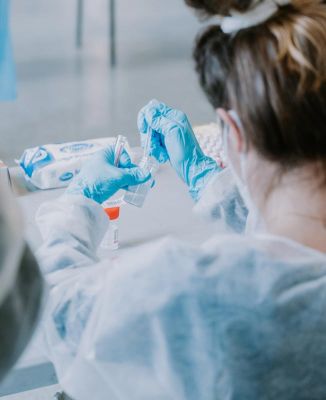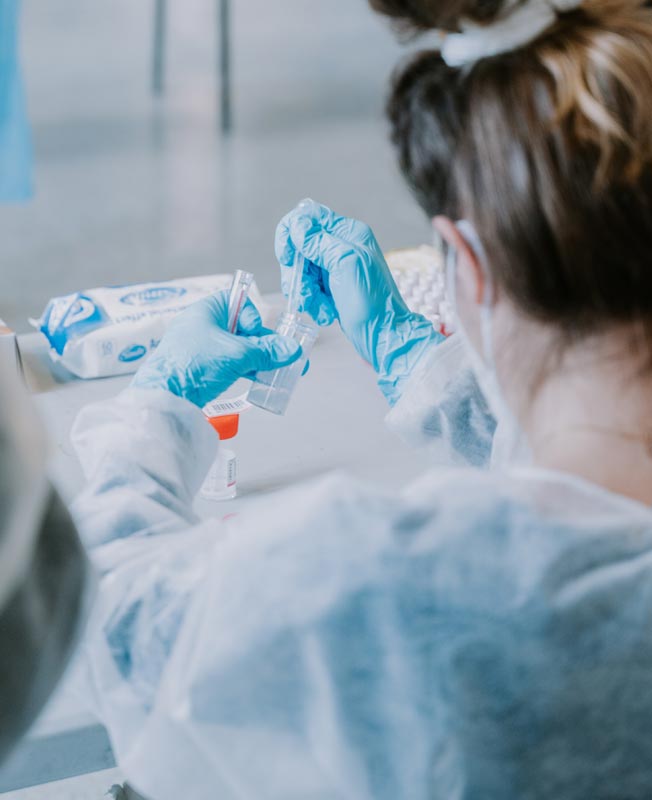Uterine Fibroid Embolization (UFE)


If you have been diagnosed with uterine fibroids, uterine fibroid embolization (UFE) may be an option to help relieve symptoms. UFE, also known as uterine artery embolization, is a non-surgical, minimally invasive procedure used to treat fibroids. UFE is recognized by the American College of Obstetrics and Gynecology as a safe and effective treatment for fibroids and offers women a dramatic improvement in their symptoms. The procedure decreases the size and softens uterine fibroids. UFE is often a same-day procedure and can be an alternative to traditional surgical hysterectomy or myomectomy.
Benefits of the Procedure
- Reduced recovery time compared to conventional surgery
- Quick symptom relief
- Preservation of uterus
- Lower complication rates
- Reduced pain and blood loss
During UFE, our interventional radiologist makes a tiny incision (about the size of the tip of a pencil) at the wrist or the groin and inserts a thin catheter into the artery. The interventional radiologist guides the catheter to the fibroid’s blood supply and releases small particles which block the blood vessels.
This results in the fibroid softening, and shrinking in size.
Preparing for Uterine Fibroid Embolization
Before the Procedure:
Patient’s may have had an MRI or ultrasound to determine if fibroids are the cause of symptoms and to adequately assess the size, number, and position of the fibroids.
Before the procedure, tell the doctor about:
- Medications you are taking
- Allergies
- Whether you have had anesthesia in the past or x-ray dye and any reactions
- Whether you take aspirin or a blood thinner
- Any recent illnesses or medical condition
- Any possibility of being pregnant
- Your doctor will provide instructions for you to follow the day before your procedure and which, if any, medications you may take the morning of the procedure.
After the Procedure:
During the recovery process, you may experience some level of pelvic pain or discomfort. This is common and is most severe during the first 24 hours after the procedure. The pain will slowly go away within one week. Some women may also experience mild fatigue. However, most women recover quickly and return to normal activities within a week.